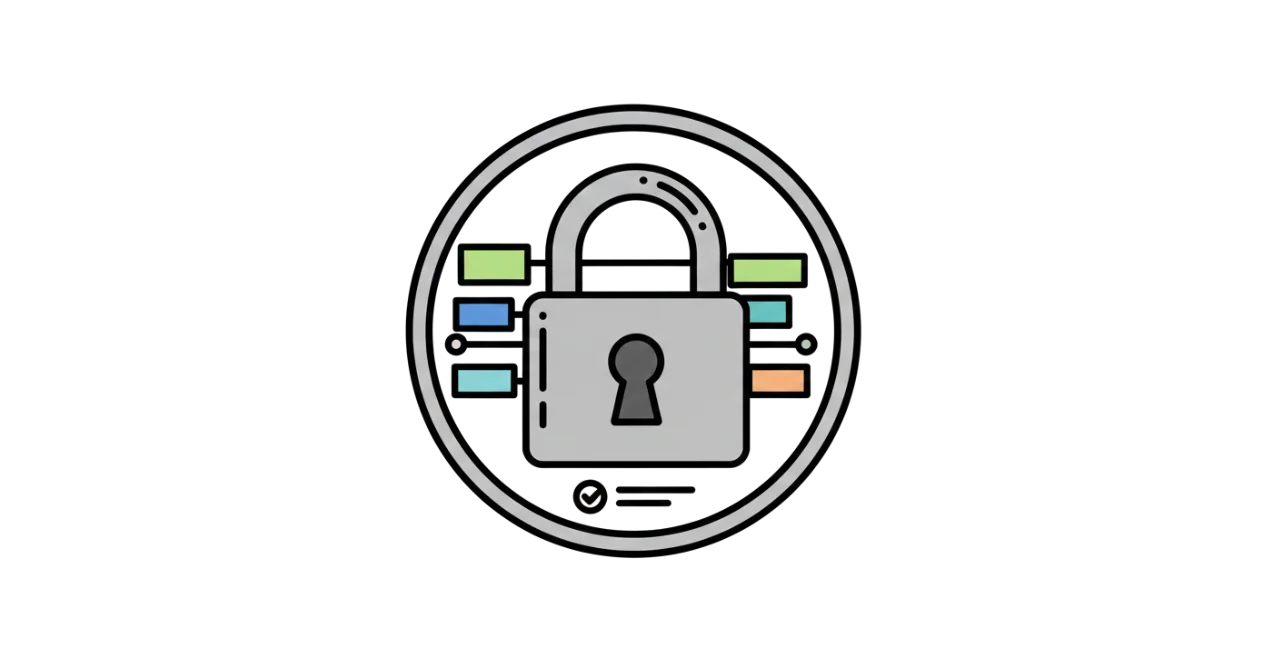
Keeping It Legal: A Simple Guide to EU Data Security (GDPR)
A simple guide to EU Data Security (GDPR) for small businesses. If you run a small business that deals with customers — services, wholesale, construction, B2B, whatever — you’re handling more personal data than you think: names, emails, phone numbers, invoices, and notes.
Most people keep this stuff scattered across spreadsheets, inboxes, laptops, or random PDF invoices. That feels “safe” because it’s local, but the reality is:
- It’s messy — you never know who has the latest version.
- It’s insecure — anyone can copy or forward a spreadsheet.
- It’s risky — GDPR expects you to know where data is, why you have it, and who can see it.
The solution isn’t creating more folders. It’s about centralizing customer info, organizing it clearly, and putting guardrails around it.
The no-fluff GDPR playbook
Step 1: Put all customer data in one place
Start with an audit: Where’s your customer data right now? Spreadsheets? Email contact lists? Business cards in a drawer? Collect it all into one import file.
When data is centralized (and not hiding across inboxes), you can search it, secure it, and trust it.
Step 2: Only keep what you really need
GDPR calls this data minimization. In practice, it just means don’t hoard data unnecessarily.
- Keep standard info: name, role, email, phone, deal size/status.
- Drop irrelevant extras (“likes jazz,” “allergies”).
- Use clear categories instead of free‑form notes for better filtering/searching.
Less noise = less risk.
Step 3: Control who sees what
Not everyone needs access to everything:
- Sales reps: their own leads only.
- Finance: invoices only.
- No need for all staff to see private call notes.
Permissions prevent mistakes and protect confidential info.
Step 4: Secure logins, not laptops
The biggest risks are weak logins, lost computers, or ex‑employees with old access — not “hackers in hoodies.”
- Turn on Two‑Factor Authentication (2FA).
- Use strong, unique passwords.
- Revoke ex‑employee access promptly.
Good systems encrypt data automatically. Shared spreadsheets don’t.
Step 5: Track consent like a grown-up
If you send newsletters or marketing, prove people opted in:
- Use web forms with double opt‑in (confirmation email).
- Record when and how consent was given.
- Make unsubscribing easy — and follow through.
If you can’t trace consent, you shouldn’t be emailing them.
Step 6: Be ready for customer requests
GDPR gives people rights: to see their data, fix mistakes, or be deleted.
- Search name → export data
- Edit → instantly synced everywhere
- Delete → remove contact but keep legal invoice records
Centralized data makes this possible; scattered files make it impossible.
Step 7: Do hygiene checks
Data gets messy over time. Build a routine:
- Delete/archive old contacts every few months.
- Sweep for duplicates.
- Review access permissions.
- Check mailing lists only include opted‑in customers.
Step 8: Sort out the paperwork
Simple documentation proves you care about compliance:
- Privacy Policy on your site.
- Data Processing Agreements with tools/providers.
- Internal rulebook for staff (“We use one system; no side lists”).
Resources & templates
- GDPR Privacy Notice Template
- GDPR Data Processing Agreement Template
- EDPB Guide for Small Businesses
Why use MiniCRM for all this?
You could try managing all of this with spreadsheets and folders… but a proper CRM saves time and reduces risk. MiniCRM (hosted in the EU and built with GDPR in mind) automates much of it:
- All customer data in one place
- Structured fields & tags = clean, minimal records
- Permissions → control team access
- Encryption, backups, access logs
- Consent tracking & unsubscribe management
- One‑click exports for GDPR requests
- Audit trails of updates and logins
If you’re small, a spreadsheet might be a start. But when you value security, clarity, and efficiency — MiniCRM is the natural next step.